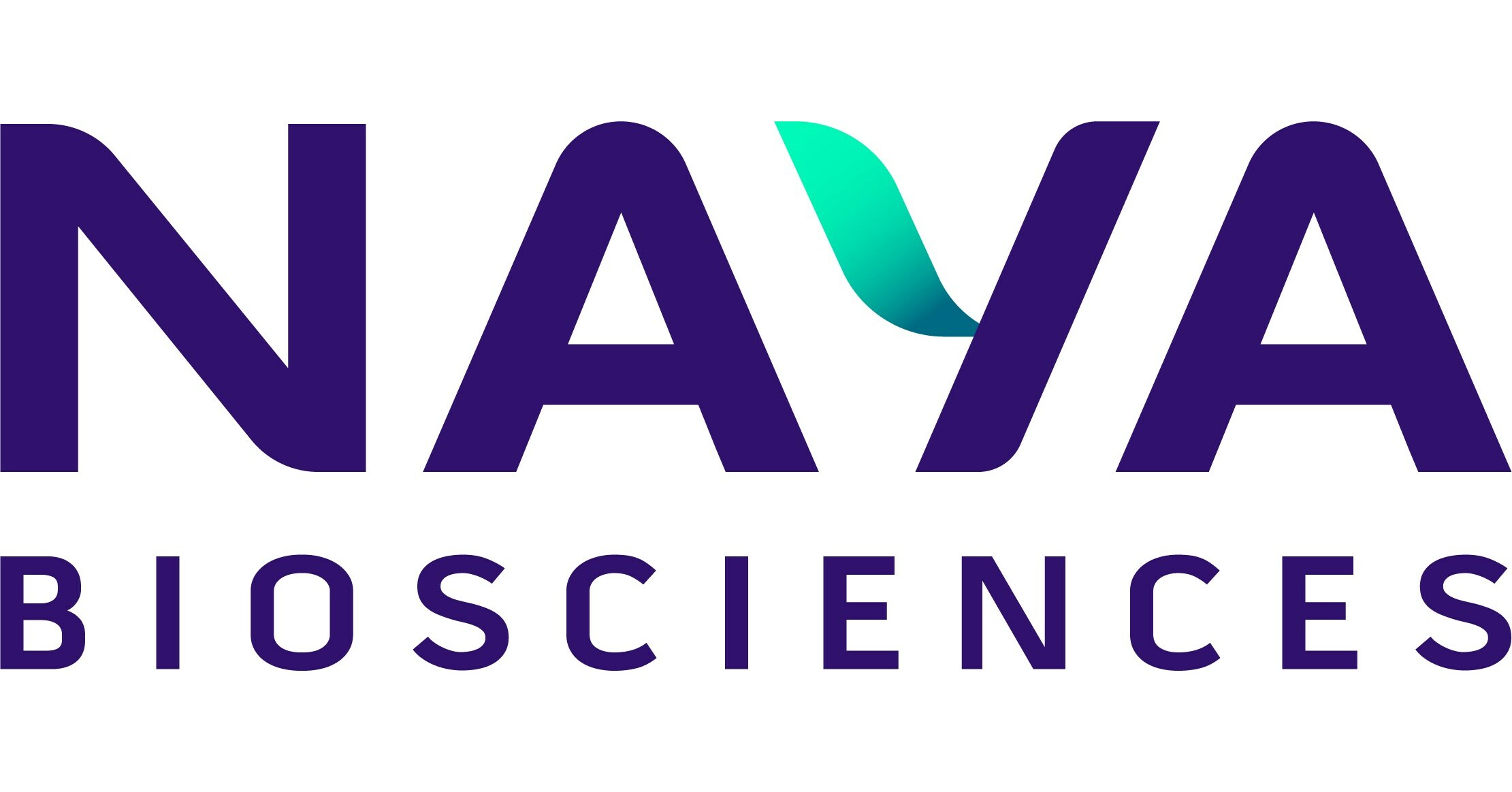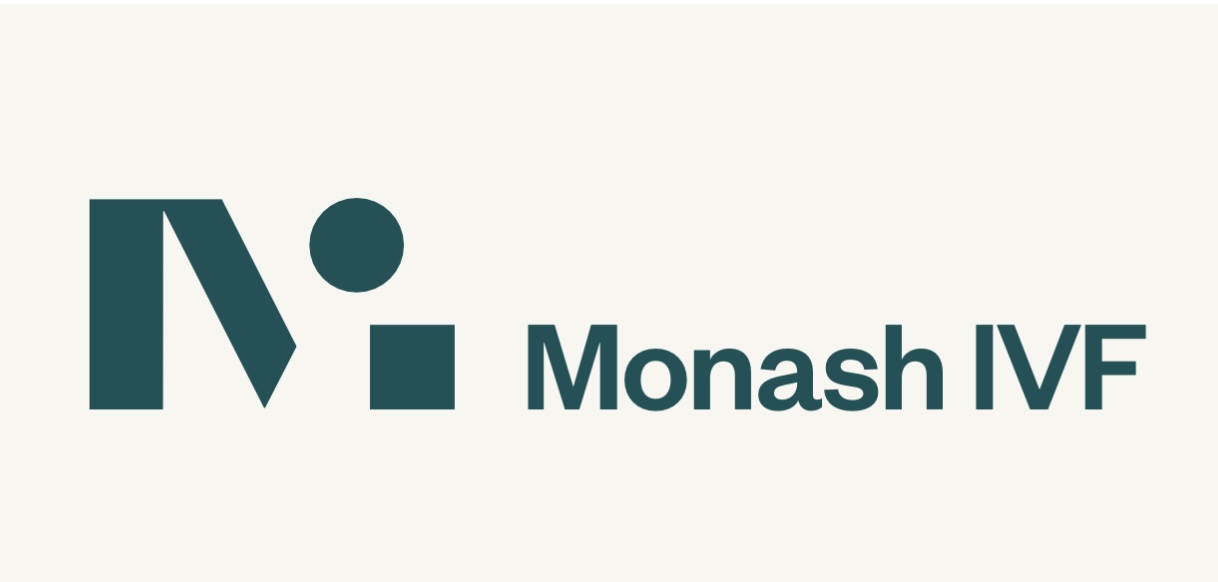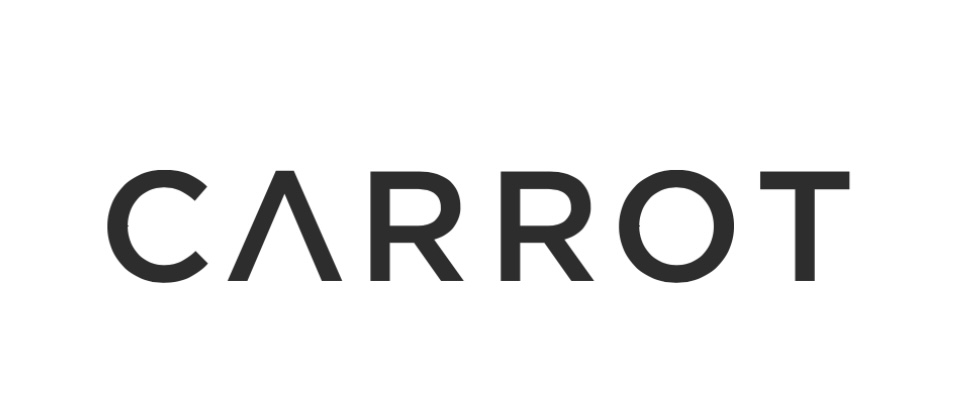Stem Cells at Birth: Is Banking Your Baby’s Future Worth It?
The moment your baby is born is filled with a whirlwind of emotions—joy, relief, excitement, and maybe even a touch of anxiety about the future. One important decision that has been gaining popularity among new parents is whether or not to bank their baby’s stem cells at birth. It’s a choice that could potentially impact your child’s health in the future, but it also comes with costs and questions. So, what’s the real deal with stem cell banking? Is it truly worth it, or just another trendy parental choice?
In this article, we’ll break down everything you need to know about stem cell banking: what it is, how it works, the benefits, the costs, and whether it’s a decision you should seriously consider for your newborn.
What Are Stem Cells, and Why Are They Important?
Stem cells are often referred to as the body’s “master cells” because they have the unique ability to develop into many different types of cells. These cells play a crucial role in repairing and regenerating tissues, making them valuable in medical treatments.
There are two main types of stem cells collected at birth:
1. Cord blood stem cells: Found in the baby’s umbilical cord and placenta, these cells are rich in hematopoietic stem cells, which are the building blocks for blood and immune systems.
2. Cord tissue stem cells: Harvested from the tissue of the umbilical cord itself, these contain mesenchymal stem cells, which can develop into bone, cartilage, and other tissues.
Because of their regenerative potential, stem cells are already used to treat a variety of medical conditions like leukemia, certain cancers, and blood disorders. And with ongoing research into the potential uses of stem cells in treating conditions such as autism, cerebral palsy, and even heart disease, many parents are viewing stem cell banking as an insurance policy for their child’s future health.
What Is Stem Cell Banking?
Stem cell banking involves collecting, processing, and storing stem cells from your baby’s umbilical cord blood and/or tissue immediately after birth. These cells are then cryogenically frozen and kept in storage at a private or public stem cell bank for future use.
There are two types of stem cell banks:
1. Private Banks: These allow families to store their baby’s stem cells for personal use. The cells are reserved for your family alone, in case you ever need them for medical treatment. However, this service typically comes with a price tag, including an initial collection fee and ongoing storage costs.
2. Public Banks: In contrast, public stem cell banks accept donations of cord blood, which are made available to anyone in need of stem cell treatment. There are no costs for donating to public banks, but you won’t have personal access to the stem cells if your family needs them later.
Benefits of Banking Your Baby’s Stem Cells
There’s no denying that the idea of preserving a biological resource that could one day save your child’s life—or the life of a family member—sounds compelling. But what are the real, tangible benefits of stem cell banking?
1. Potential Future Medical Treatments
The most obvious advantage of banking stem cells is having access to them in case your child or another family member needs a treatment that requires them. As of now, stem cells are used in treatments for over 80 different diseases, including certain cancers, immune deficiencies, and blood disorders.
While the use of cord blood stem cells is well-established in treating conditions like leukemia and lymphoma, ongoing research is exploring new ways to use stem cells in treating everything from Type 1 diabetes to heart disease and brain injuries. The field of regenerative medicine is growing rapidly, and some parents choose to bank their baby’s stem cells in the hope that future medical advances will unlock new treatments.
2. A Perfect Genetic Match
If your child ever needs a stem cell transplant, the stored cord blood stem cells would be a perfect genetic match. This reduces the risk of complications, such as graft-versus-host disease (GVHD), which can occur when a donor’s cells are not a good match. Additionally, siblings of the baby have a higher chance of being a match for cord blood stem cells than they would for unrelated donor cells, making it a potential life-saving resource for the whole family.
3. Ease of Collection
The process of collecting cord blood and tissue is completely painless and risk-free for both the baby and the mother. It happens immediately after birth and takes only a few minutes. Instead of discarding the umbilical cord and placenta as medical waste, you’re essentially saving it for future use. Once collected, the stem cells are processed and stored, ready for use whenever they might be needed.
4. Peace of Mind
For many parents, stem cell banking is an investment in peace of mind. It’s comforting to know that in the event of a medical crisis, you’ll have access to a valuable biological resource that could potentially aid in treatment. In a world where medical technology is advancing at lightning speed, having those stem cells stored could open up treatment options down the line that we can’t even predict today.
The Downsides of Stem Cell Banking
Of course, like any big decision, stem cell banking comes with its own set of challenges and potential downsides. Here are some of the main considerations to keep in mind:
1. Cost
Private stem cell banking can be expensive. The initial collection and processing fees typically range between $1,500 and $3,000, depending on the bank. On top of that, you’ll need to pay annual storage fees, which range from $100 to $300 per year. Over the years, this can add up to a significant financial investment.
For some families, the cost of private banking can be a barrier. It’s important to weigh the likelihood of actually needing the stem cells against the financial commitment.
2. Uncertain Future Use
While the potential for stem cells is incredible, the reality is that most families will never need them. Some studies estimate that the likelihood of a child needing their own banked cord blood stem cells is relatively low—about 1 in 2,700. Furthermore, many conditions that could require stem cell treatment, like leukemia, may not be treatable with the patient’s own stem cells due to the risk of reintroducing diseased cells back into the body.
It’s also worth noting that stem cell treatments for certain diseases are still in the research phase. While advancements are being made, the future use of cord blood and tissue stem cells for newer applications remains uncertain.
3. Public vs. Private Dilemma
Many parents wrestle with the choice between donating cord blood to a public bank or storing it privately. Donating to a public bank is free, and it could potentially save someone else’s life. However, public donations are available to anyone who needs them, which means you won’t have guaranteed access to your baby’s stem cells if your family ever needs them.
On the flip side, private banking guarantees that the stem cells will be available for your family, but at a cost. This decision often comes down to personal values, financial capacity, and the family’s health history.
So, Is Stem Cell Banking Worth It?
Whether stem cell banking is worth it depends on your personal situation, your family’s medical history, and your financial ability to afford the service. Here are a few scenarios where stem cell banking may make more sense:
• Family Health History: If your family has a history of diseases like leukemia, lymphoma, or other conditions treatable with stem cells, private banking could be a proactive measure.
• Financial Flexibility: If the cost of stem cell banking won’t be a financial burden, it might be worth considering as an investment in your child’s future health.
• Personal Peace of Mind: For some parents, the peace of mind that comes with private banking is worth the cost, even if the likelihood of needing the stem cells is low.
For others, public donation may be the more cost-effective and altruistic choice, knowing that it could help someone else in need.
Final Thoughts
Stem cell banking at birth is a deeply personal decision, one that involves both practical and emotional considerations. While the idea of having a biological insurance policy is appealing, it’s important to weigh the costs and benefits carefully. As science continues to evolve, stem cells could become even more valuable in the future, but for now, it’s essential to base your decision on current information and your family’s specific needs.
So, is banking your baby’s future with stem cells worth it? Only you can make that call, but armed with the right information, you can feel confident in whatever choice you make.











